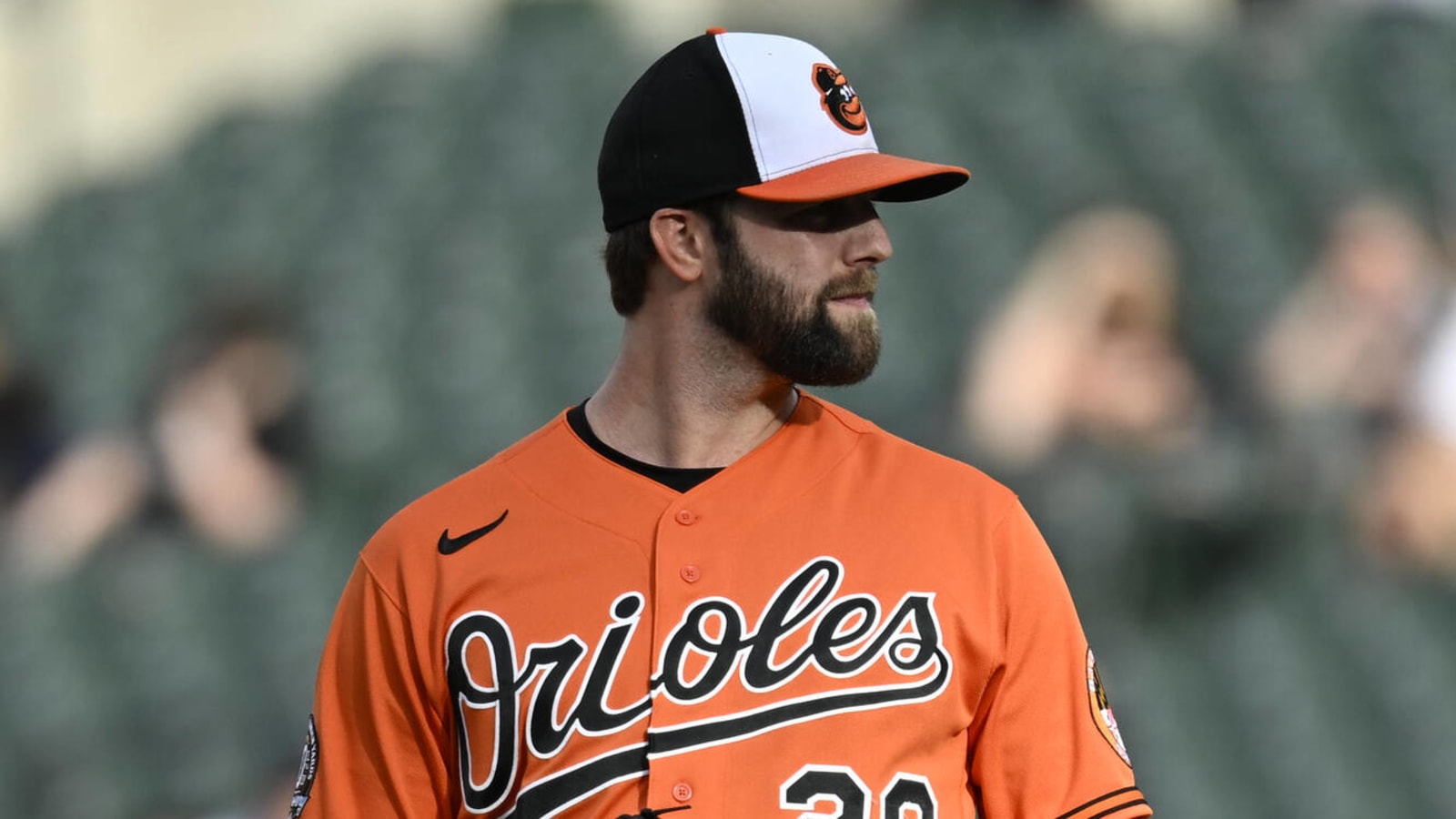
The Orioles enter the offseason fresh off their first winning season since 2016. Baltimore’s surprisingly competitive year wasn’t enough to earn them the longshot playoff bid with which they flirted for a couple of months, but they did snap a streak of four consecutive last-place finishes during 162-game seasons.
For the first time in a while, the O’s head into the winter looking to build out a promising big-league roster. Much of that lifting figures to be on the pitching staff, as Baltimore has broken in a number of players on an increasingly strong position player core. The starting rotation is the big question mark, as it was comprised mainly of unproven hurlers. The Orioles finished 21st in rotation ERA (4.35), and while the group was better at preventing runs in the second half of the season, it never featured impact high-strikeout arms.
Orioles general manager Mike Elias and his front office will surely add to that group this offseason, and the expected arrival of top prospect Grayson Rodriguez early next year will add a high-octane internal arm to the mix. Before considering upgrades, however, the Orioles will have to decide whether to retain their 2022 innings leader. Baltimore holds an $11M option over right-hander Jordan Lyles. That comes with a $1M buyout, leaving Elias and his staff with a net $10M decision.
Lyles agreed to terms on a $7M guarantee with the O’s in the waning seconds before last offseason’s lockout, finalizing the contract after the work stoppage. It was a somewhat surprising move by Baltimore, with Lyles coming off successive ERAs of 7.02 and 5.15 during his two seasons with the Rangers. The O’s clearly valued his capacity to soak up innings at the back of a rotation, however, and he stepped back into that role in Baltimore.
The right-hander took all 32 starts through the rotation at Camden Yards, the only pitcher on the team to start more than 23 games. He tossed 179 innings, ranking 29th in the majors in that category. Lyles’ rate stats still weren’t great, but they did mark an improvement over his work in Texas. He posted a 4.42 ERA, striking out a below-average 18.6% of batters faced but only walking 6.7% of opponents. Home run issues that had plagued him in Arlington weren’t nearly as problematic in Baltimore.
It was presumably exactly the kind of performance the Orioles had hoped they’d receive when signing Lyles. The 4.42 ERA is his second-lowest mark over parts of 12 MLB seasons, while he just narrowly missed last year’s career-high of 180 innings. A number of Baltimore’s younger pitchers raved throughout the season about Lyles’ clubhouse leadership. It’d have been hard for Elias and company to reasonably expect more from Lyles than what he seemingly provided both on the field and in the locker room.
Between those contributions and Baltimore’s need for rotation help, one can make a reasonable argument for keeping Lyles around. He’d be due a fairly modest raise over this year’s salary, but Elias has already indicated the Orioles plan to increase payroll. The GM pointed at an arbitration class that includes Anthony Santander, Cedric Mullins, and Austin Hays as part of that spending hike, but there’ll still be a ton of room on next year’s books. Aside from the Lyles buyout, the only guaranteed commitment the O’s have for 2023 is a $2.975M salary for John Means. Tendering contracts to all their arbitration-eligible players would add roughly $22.5M, according to projections from MLBTR contributor Matt Swartz. That should still leave a lot of spending room for a team that, in Elias’ words, should “significantly escalate” payroll over this year’s roughly $44M Opening Day mark.
Of course, one could argue for the O’s to use the extra $10M to make a run at a more impactful starter than Lyles. Baltimore will enter next year with more realistic hopes of competing for a playoff spot than they did this past season. While Lyles did provide needed stability, his improved rate stats were still worse than average. The league average starter this year posted a 4.05 ERA with a 21.6% strikeout percentage, both a fair bit better than Lyles’ respective marks. He allowed hard contact at a higher-than-average clip for a fourth straight year.
Lyles also saw slight regression in his raw stuff. He lost a tick on his average fastball, which sat at 91.8 mph after averaging 93 mph last year. His breaking ball dipped over three ticks, from 83.3 mph to 80 mph. His swing-and-miss rates took a corresponding minor step back.
Free agency offers a number of mid-tier starting pitchers. Jameson Taillon, Mike Clevinger, and Noah Syndergaard have all shown well in the past but didn’t post particularly impressive 2022 campaigns. Ross Stripling, José Quintana, Taijuan Walker (who’ll surely decline a $6M player option with the Mets), and Michael Wacha fared well this year despite subpar strikeout rates, but each had an average or worse 2021 season. Johnny Cueto and Corey Kluber are former stars who each had productive seasons but will be limited to short-term deals based on their ages. There’d be various options for the Orioles to consider if they want to replace Lyles while signing a starter to a contract with an average annual value in the $10M range, but most of that group would require a multi-year commitment. Whether to retain Lyles is the first major call Elias and his staff will have to make this winter, with option decisions required within five days of the end of the World Series.
More must-reads:
- Orioles claim OF Jake Cave off waivers
- Twins face important third base decision in offseason
- The 'MLB Rookies of the Year' quiz
Breaking News
Customize Your Newsletter
 +
+
Get the latest news and rumors, customized to your favorite sports and teams. Emailed daily. Always free!

